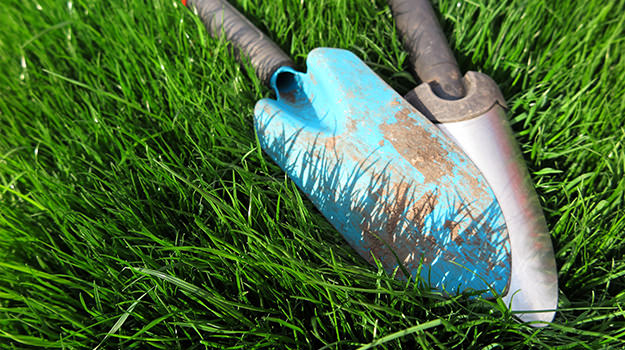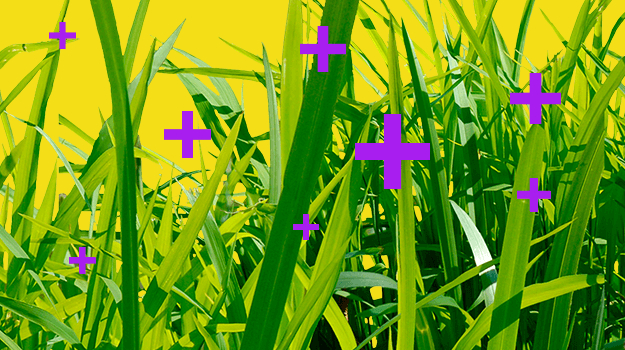
There are two sides to every argument, however, and the turfgrass controversy is no different. In fact, the statistics just might surprise you.
-
Lawn grass traps and filters an estimated 12 million tons of airborne dirt, dust and other contaminants per year in the United States, thus helping in the fight against pollution. Pollution control provided by green turfgrass is especially beneficial in urban areas.
-
Turfgrass is an effective producer of oxygen – about three times more efficient than trees. A healthy green lawn also absorbs harmful toxins, including carbon dioxide, a harmful greenhouse gas.
-
Turfgrass has a natural cooling effect on the environment. For example, while sidewalks and roadways can easily exceed 100 F. (37 C.) during the summer, adjacent lawn is approximately 50 to 70 degrees cooler. This is why many athletic stadiums are removing heat-retaining artificial turf and returning to traditional turfgrass, which is cooler and safer for athletes.
-
An average lawn consists of six plants per square inch. A good stand of turfgrass prevents soil erosion through a complex system of fibrous roots, which is definitely a good thing. The University of Georgia College of Agricultural and Environmental Sciences estimates that 25 billion tons of soil are lost to erosion every year, while replacing a single inch of lost topsoil takes approximately 500 years.
-
Grass creates a shady environment that keeps the soil cooler, slows evaporation, and allows runoff to be absorbed gradually into the soil. In fact, turfgrass consists of 75 to 80 percent water.
-
Turfgrass continually produces new soil as it grows, dies and decomposes. This process is enhanced when gardeners allow the clippings to remain on the lawn, where they decay naturally and return nutrients to the soil, thus minimizing use of harmful chemical fertilizers.
-
When combined with other landscape plants, a lawn decreases noise levels, thus producing a calmer, more peaceful environment.


